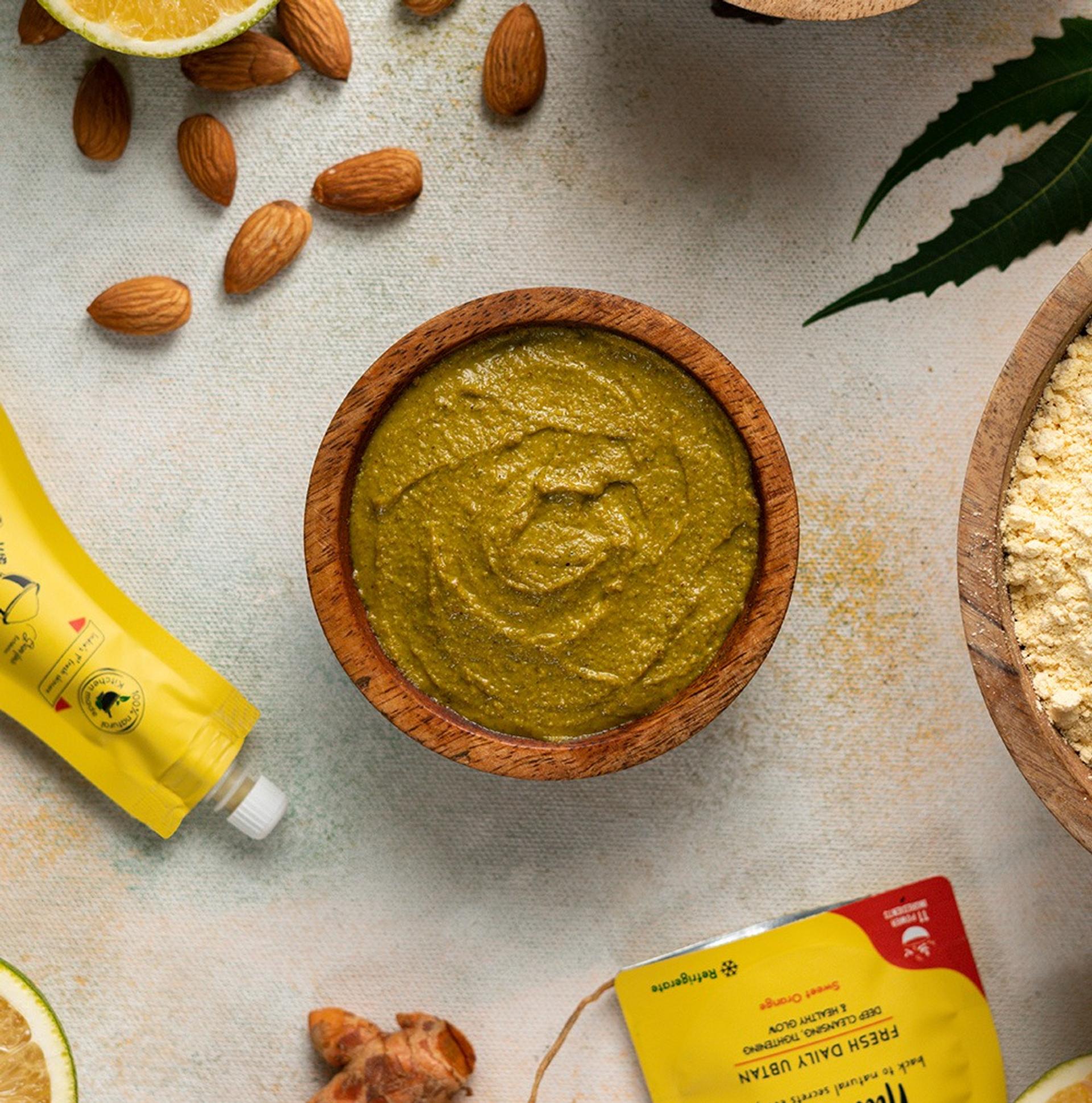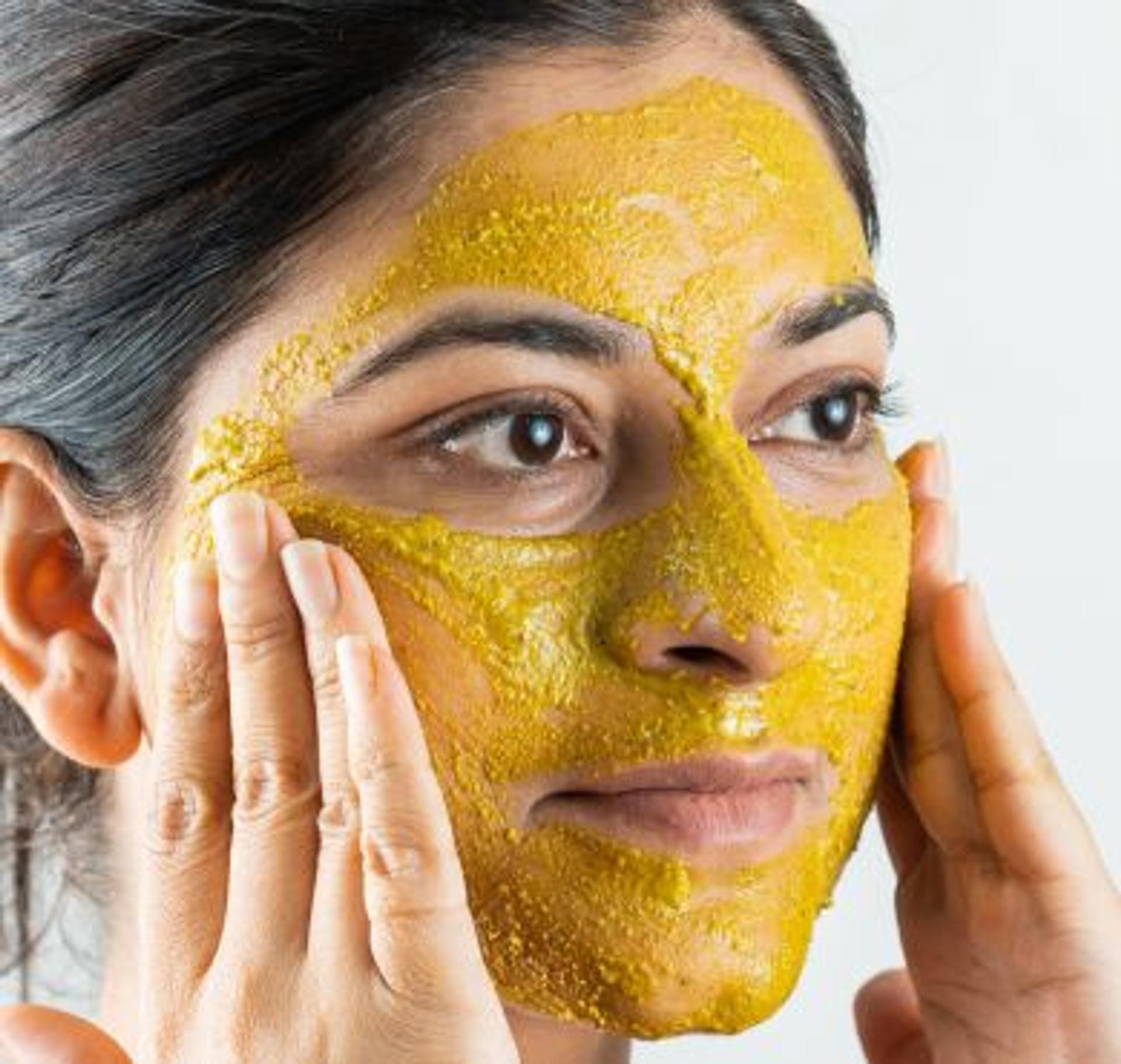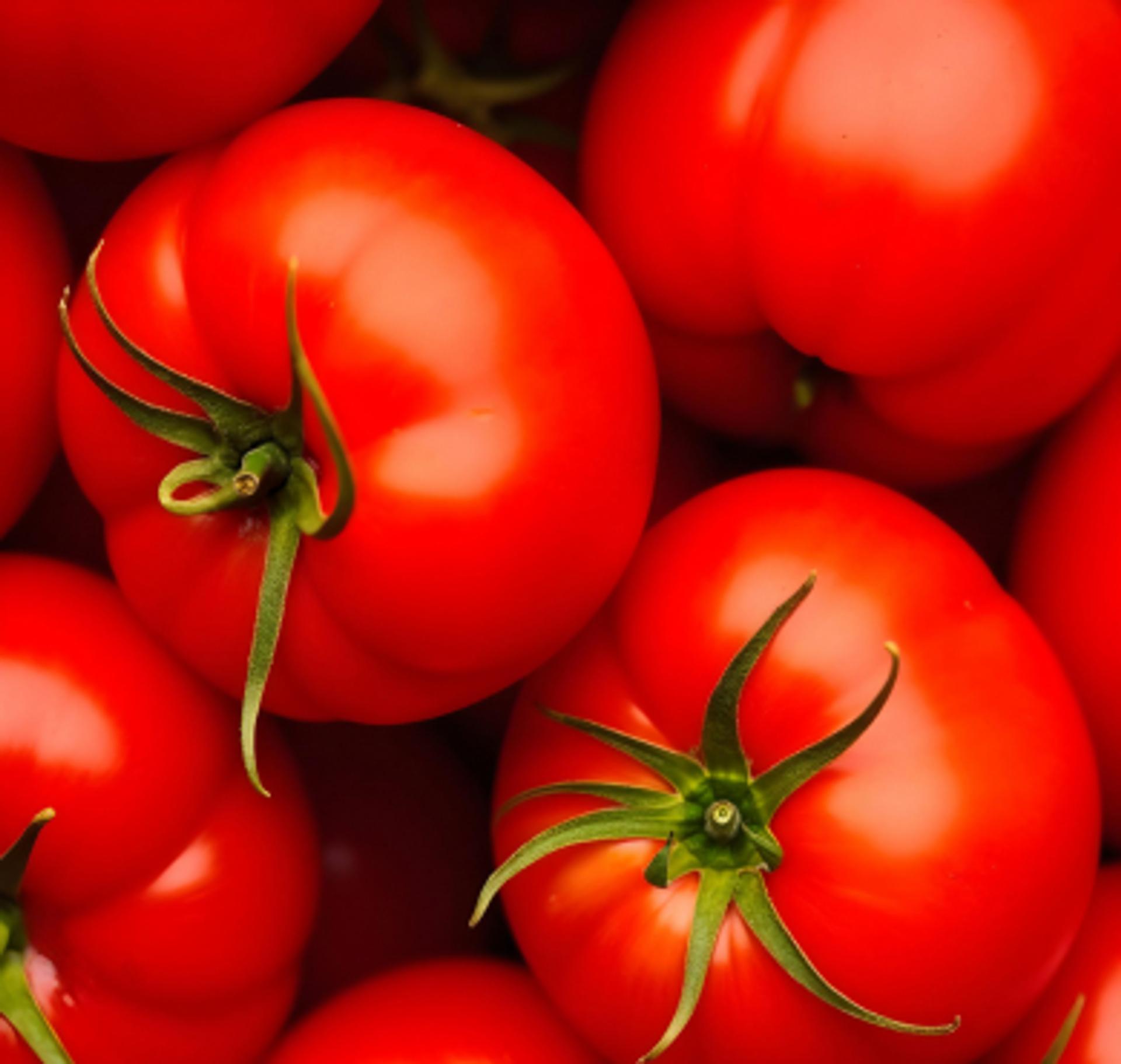
From Curry to Collagen: The Tomato’s Secret Life in Skin Science
By Nat Habit
Some love it. Some can’t stand it.
Some think it’s a vegetable. (It’s not.)
But one thing’s for sure — you’ve eaten it, sipped it, scrubbed with it, and possibly even blamed it for a breakout.
Meet the tomato — nature’s red globe of contradictions. Tangy, acidic, juicy, and loaded with surprising dermaceutical potential, it’s been hiding in your kitchen all along, waiting for its skincare debut.
Let’s peel back its skin and get under the pulp.
The Biochemistry of Tomato
A Glossy Red Pharmacy
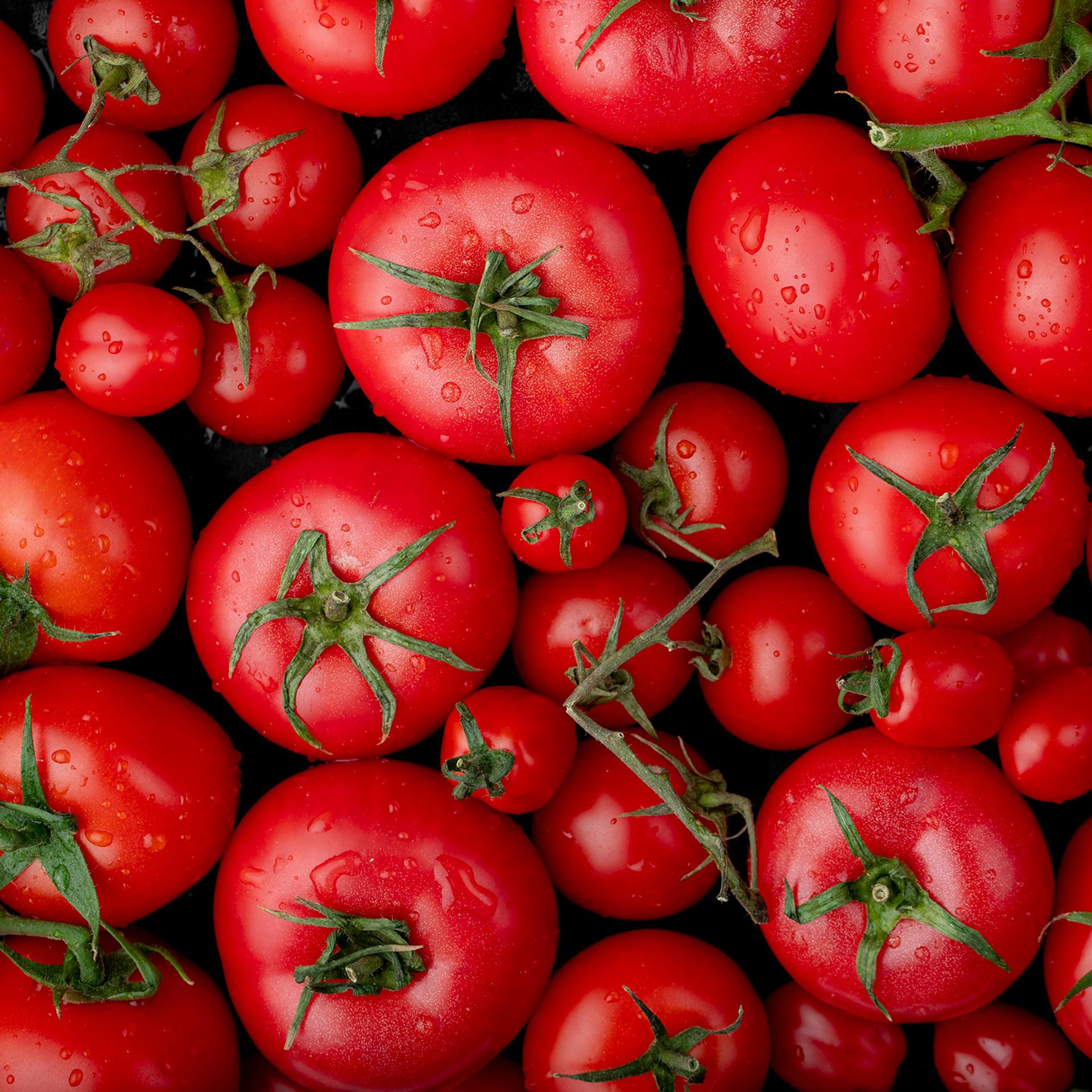
Behind its soft flesh and tart flavor lies an intricate web of carotenoids, polyphenols, acids, and vitamins, each working on skin, scalp, and systemic health in precision.
Lycopene — The King of Carotenoids
Tomato’s most prized molecule, lycopene is a fat-soluble carotenoid that:
- Neutralizes free radicals, especially singlet oxygen from UV exposure
- Prevents collagen breakdown by inhibiting MMP (matrix metalloproteinases)
- Enhances skin radiance and tone from within
- Is 10x more bioavailable when cooked or combined with healthy fat
Beta-Carotene, Lutein & Zeaxanthin
These are light-reflective antioxidants that:
- Protect skin from blue light and photoaging
- Improve skin tone uniformity
- Act as internal sunscreens when consumed regularly
Vitamin C (in natural matrix)
Stabilized in synergy with flavonoids, tomato’s Vitamin C:
- Boosts collagen production
- Reduces melanin synthesis
- Speeds up cell repair and blemish fading
Natural AHAs (Malic & Citric Acid)
These alpha hydroxy acids help:
- Exfoliate dead skin, control sebum, and tighten pores
- Stimulate cell turnover, especially in dull, oily, or acne-prone skin
Polyphenols (Quercetin & Kaempferol)
These work deeper as anti-inflammatory, anti-pigmentation, and anti-acne agents, modulating skin’s immune response and calming oxidative pathways.
Tomato for Skin
The Pulp That Plumps, Brightens & Balances

Tomato isn’t just tangy on the tongue — it’s transformative at the cellular level. From the moment its juice touches the skin, tomato begins a multi-pronged process of purifying, protecting, repairing, and brightening — acting not just on the surface, but all the way down to the epidermal and dermal junction where true skin renewal happens.
Regulates Oil & Refines Pores
Thanks to its naturally acidic pH and gentle concentration of malic and citric acid, tomato juice acts as a botanical astringent and keratolytic — tightening enlarged pores, dissolving excess sebum, and clearing away keratin build-up that can trap bacteria and cause acne. This action mimics low-grade alpha hydroxy exfoliation, but with added antioxidants and without synthetic irritation.
Fades Pigmentation & Sun Damage
Tomato’s crown jewel — lycopene — is not only a deep-spectrum free radical scavenger but also a melanin modulator. It downregulates the tyrosinase enzyme, which fuels excess pigment formation in conditions like melasma, tanning, and post-inflammatory hyperpigmentation. Meanwhile, Vitamin C supports this action by promoting glutathione recycling, a key antioxidant that reduces existing dark spots and uneven tone.
Prevents Collagen Breakdown
UV rays, pollution, and internal stress all trigger matrix metalloproteinases (MMPs) — enzymes that degrade collagen and elastin. Lycopene directly inhibits MMP activity, shielding your skin’s structural proteins and slowing wrinkle formation. Tomato’s polyphenols — like quercetin and kaempferol — add an additional layer of protection by suppressing NF-κB, the master switch of inflammation and tissue degradation.
Boosts Glow by Improving Light Reflection
When consumed regularly, tomato carotenoids (lycopene, beta-carotene, lutein) accumulate in the subcutaneous tissue, enhancing cutaneous blood flow and subtly altering the skin’s surface reflectivity. This creates a natural inner glow — often referred to in dermatology as “diet-induced radiance.”
Hydrates and Strengthens the Barrier
Tomato isn’t drying — it’s balancing. Its flavonoids and Vitamin C help regulate ceramide production, restore transepidermal water loss (TEWL), and support the formation of a strong intercellular lipid matrix. This makes skin more resilient to environmental triggers like dust, sun, or pH shifts from cleansing.
Reduces Acne-Triggering Inflammation
Tomato’s quercetin and kaempferol have been shown to modulate the skin’s TLR (Toll-Like Receptor) response, reducing inflammatory cascades that result in acne, redness, and flare-ups. Simultaneously, its antimicrobial acids help suppress C. acnes and other microbes without disrupting the skin’s natural microbiome.
Tomato for Hair & Scalp
A Clarifying, Circulation-Boosting Wonder

For Itchy, Greasy Scalp
The natural acidity and AHAs in tomato juice help rebalance scalp pH, cleanse excess sebum, and inhibit microbial overgrowth that causes dandruff or scalp acne. It’s a gentle clarifier for those who react to harsh shampoos.
For Follicle Nourishment
The flavonoids and carotenoids improve microcirculation and oxygen delivery to hair follicles. When consumed or used as a rinse, tomato subtly boosts follicular vitality and combats oxidative stress-linked hair fall.
How to Use Tomato
Activated Forms & Prep Methods
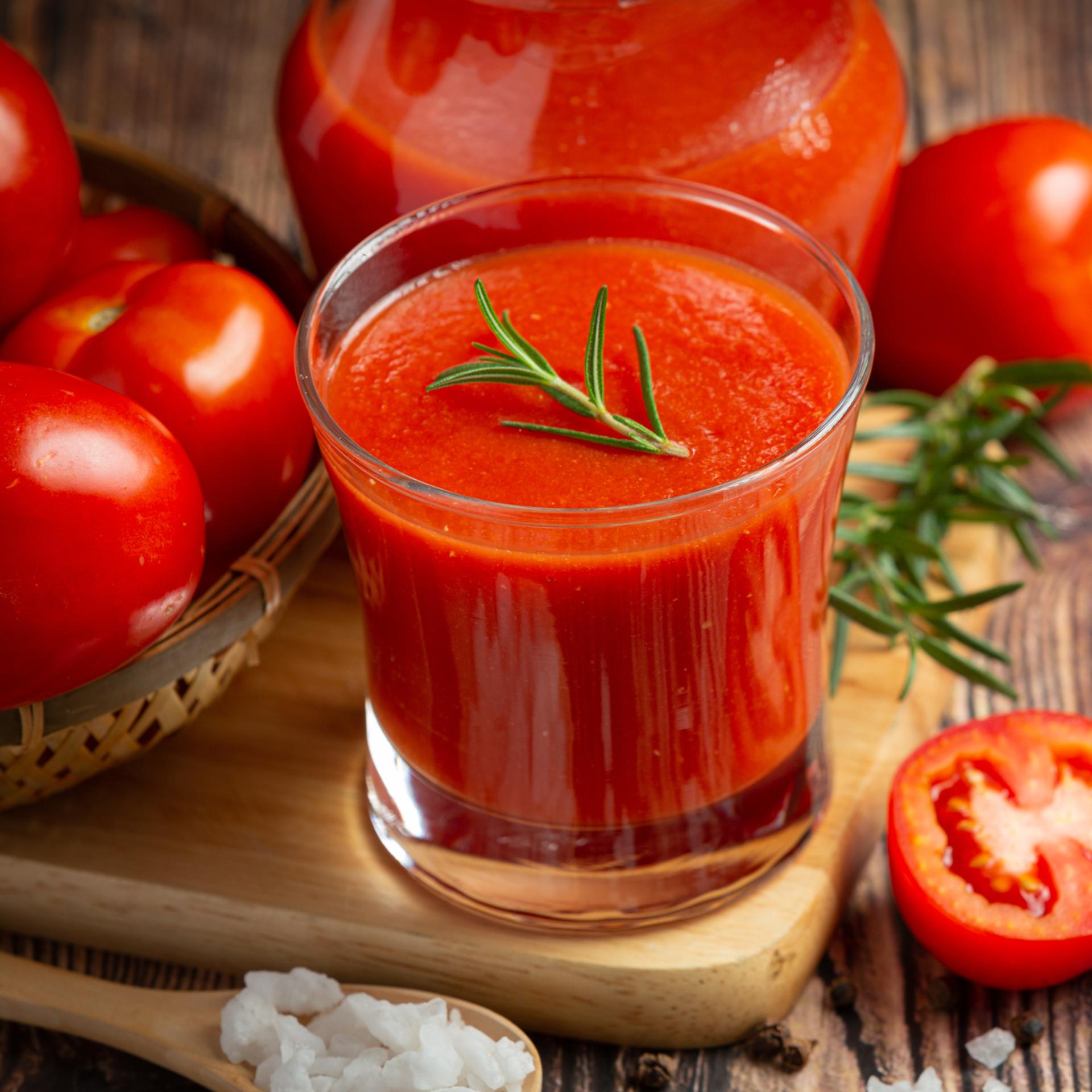
Like many phytonutrients, tomato compounds get stronger (or gentler) based on how they’re prepared. Here’s how to unlock its benefits:
Topical (for Skin & Scalp)
- Raw Tomato Juice: Apply fresh juice (strained) as a quick 5-min toner/mask to calm oiliness and shrink pores.
- Tomato & Honey Mask: Combines astringency with humectancy — ideal for dewy, balanced skin.
- Tomato Pulp + Multani Mitti: For oily summer scalps — reduces greasiness without drying roots.
Always patch test — tomato can irritate sensitive or compromised skin barriers.
Internal (for Full-Body Glow)
- Cooked Tomato in Ghee/Oil: Lycopene becomes 2–3x more bioavailable when heated with fat — think soups, tadkas, stews.
- Juiced Tomato (raw, with black pepper & rock salt): Boosts digestion, blood purification, and subtle skin clarity.
- Avoid over-acidic pairing in pitta-prone individuals or during peak summer afternoons.
Seasonal Intelligence
When Tomato Works Best
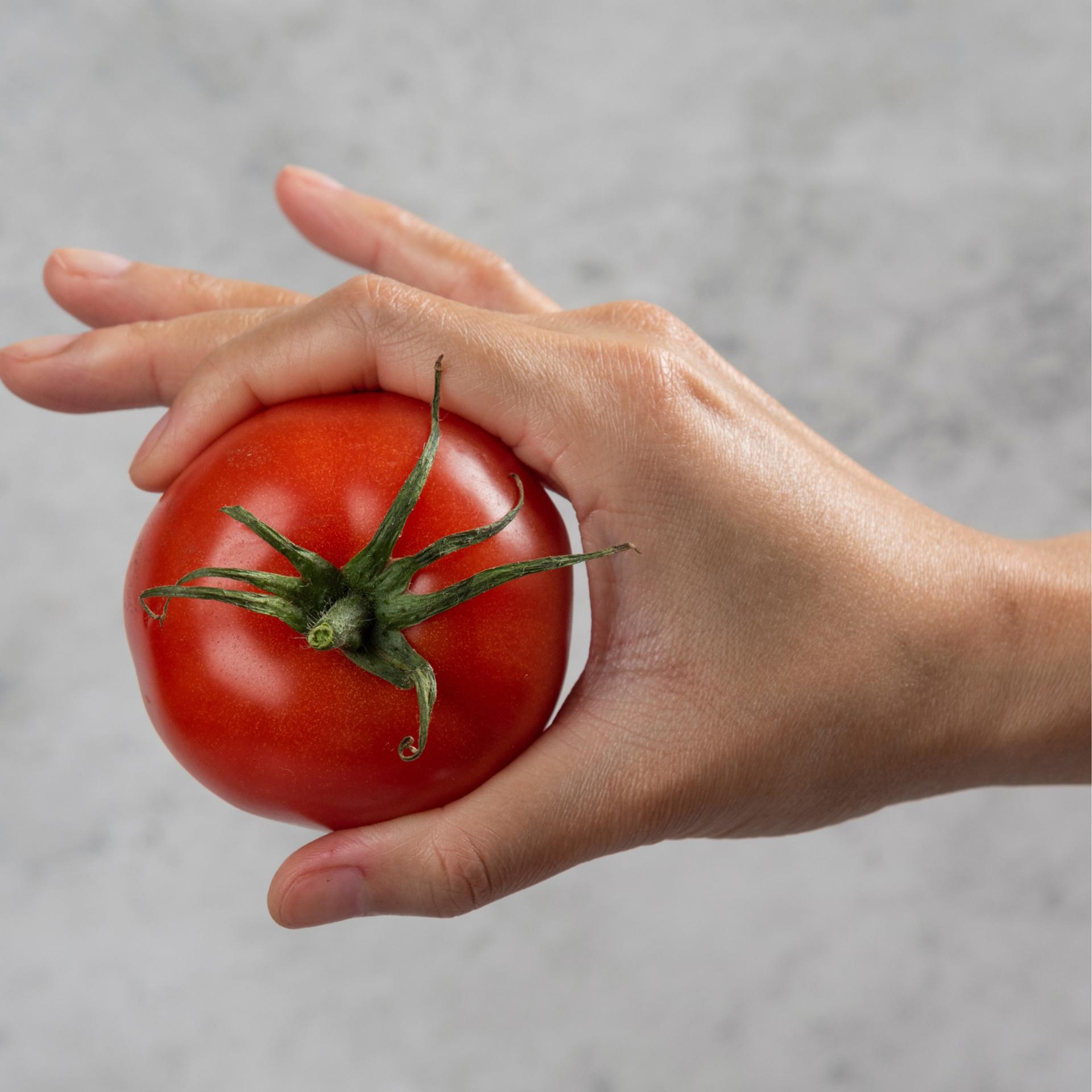
- Summer & Monsoon: Ideal for topical use — controls excess oil, purifies skin, and balances humidity-induced breakouts.
- Winter: Better internally — cooked tomato boosts microcirculation and supports skin glow from within.
- Avoid in extreme heat or during aggravated pitta (ulcers, inflammation, etc.) unless balanced with cooling foods.
Tomato in Ayurveda
The New-Age Rasayana (With a Caveat)
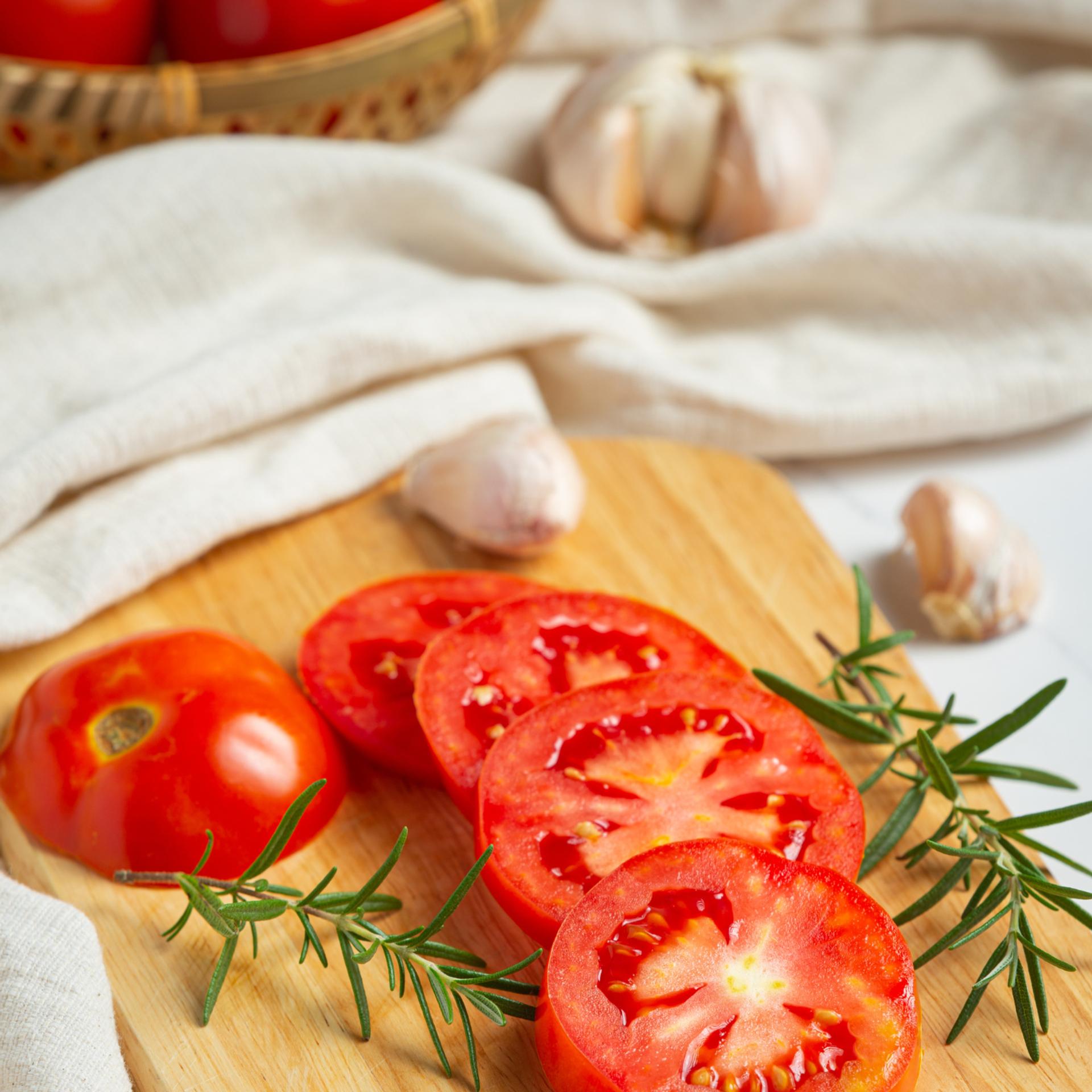
Tomato isn’t classically Ayurvedic — but it’s now interpreted through the lens of guna (qualities) and dosha interactions.
- Ushna (heaty), Amla (sour), Laghu (light): Stimulates agni (digestive fire) and rakta (blood quality)
- Balances Kapha, aggravates Pitta if overused
- Paired with jeera, rock salt, ghee, or buttermilk to moderate heat and enhance digestibility
The Final Squeeze
A Kitchen Staple Turned Skin-Deep Strategist

Tomato isn’t just a sidekick in your sambar, pasta, or curry. It’s a bioactive-rich fruit that offers antioxidant armor, exfoliative cleansing, and pigment balancing — from seed to skin, from kitchen to scalp.
It can be raw or cooked. Sweet or tart. Loved or hated. But one thing’s clear:
Tomato’s power isn’t just on your plate — it’s in your pores, your pigment pathways, and your collagen cells.
So whether you eat it, apply it, or sip it — let this humble red fruit earn its spot in your beauty ritual, not just your recipe.
Learn more
